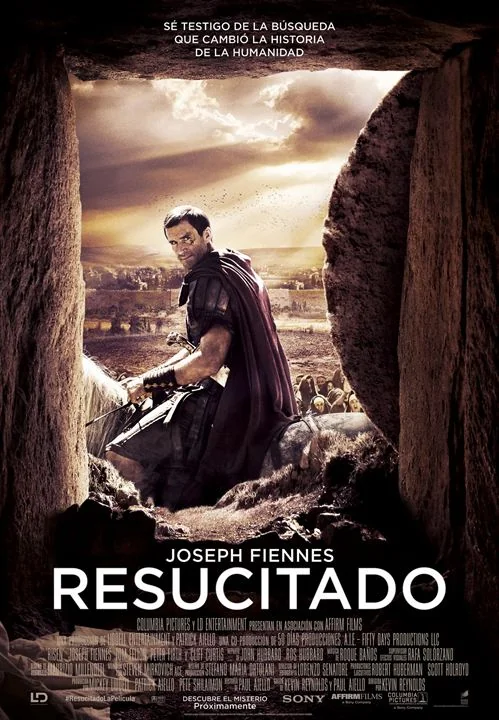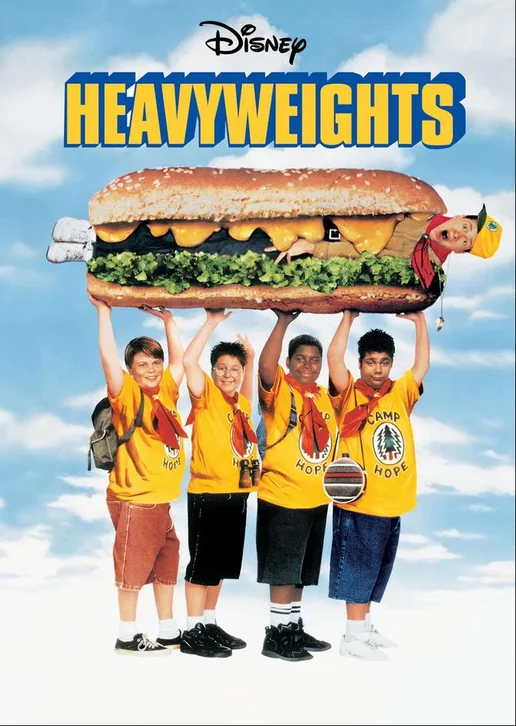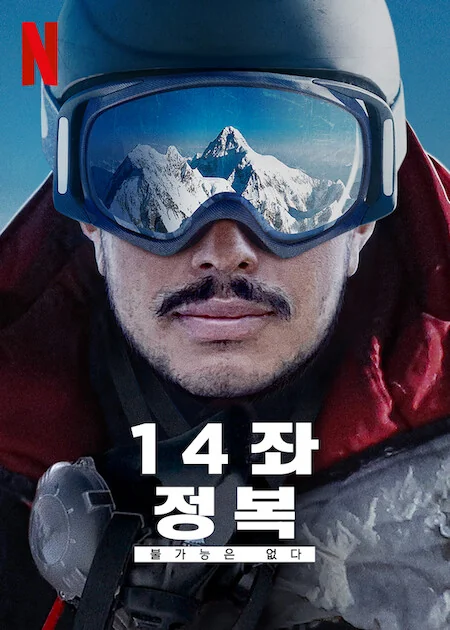🎯 Quick Overview
Trailer
- Director: Phillip Noyce
- Genre: Drama, Adventure, Biography
- Release year: 2002
- Runtime (length): 1h 34min
- IMDb rating: 7.4/10 (32k votes)
- Rotten Tomatoes: 87%
😅 Plot Summary – Badly Explained
Three girls play a very long game of tag across the outback, and the government REALLY wants to be ‘it’.
🍿 Rabbit-Proof Fence: Detailed Plot Synopsis
The Stolen Generation
In 1931, Western Australia, three young half-Aboriginal girls, Molly, Daisy, and Gracie, are forcibly removed from their families as part of the Australian government’s policy of assimilating mixed-race children into white society. They are sent to the Moore River Native Settlement, a re-education camp far from their home in Jigalong.
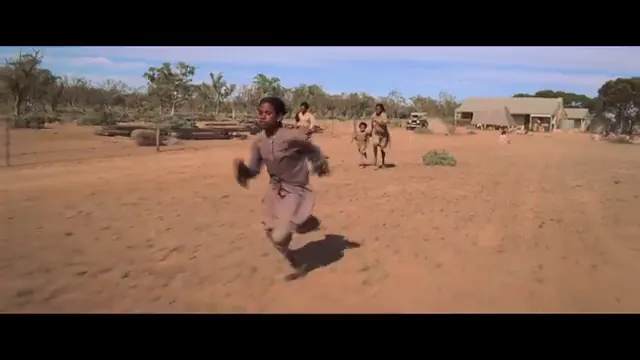
Escape and the Journey Home
Determined to return to their families, the girls escape from the settlement and begin a perilous journey across the harsh Australian Outback. Led by the resourceful Molly, they follow the rabbit-proof fence, a long barrier designed to keep rabbits out of settled areas, as their guide northward towards Jigalong. They face dehydration, hunger, and the constant threat of recapture.
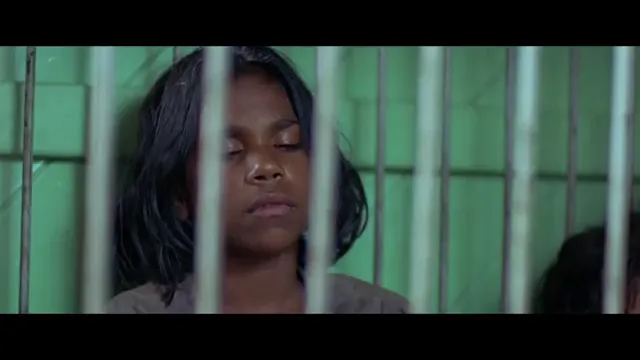
Pursuit and Obstacles
The girls are relentlessly pursued by A.O. Neville, the Chief Protector of Aborigines, who believes he is acting in their best interests by assimilating them. He enlists the help of Moodoo, an Aboriginal tracker, to bring them back to the settlement. Along the way, the girls encounter both sympathetic and hostile individuals, highlighting the complex attitudes towards Aboriginal people at the time.
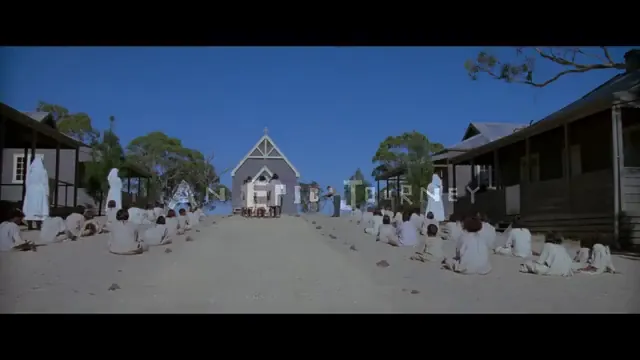
⚠️ Spoilers and Ending Explained
🎬 Cast & Characters
- Molly Craig (Everlyn Sampi): A determined fourteen-year-old Aboriginal girl who leads her younger sister and cousin on a 1,500-mile journey home after escaping a government settlement.
- Daisy Craig Kadibill (Tianna Sansbury): Molly’s eight-year-old sister who accompanies her on the arduous journey, showing resilience in the face of adversity.
- Gracie Fields (Laura Monaghan): Molly and Daisy’s ten-year-old cousin who escapes the settlement with them but is eventually captured, symbolizing the devastating impact of the government’s policies.
- A.O. Neville (Kenneth Branagh): The Chief Protector of Aborigines, a government official driven by misguided beliefs, overseeing the forced removal of Aboriginal children.
- Moodoo (David Gulpilil): An Aboriginal tracker employed by the government to find the girls, representing the internal conflict within the Aboriginal community during this period.
💬 Memorable Quotes
- A.O. Neville: “We can train them to work for us. They can be useful.” – Expressing his belief in the assimilation policy, viewing Aboriginal children as a source of labor.
- Molly Craig: “We’re going home.” – Molly’s simple yet powerful declaration of intent, showing her determination to return to her family.
- Molly’s Mother: “(Speaking in Aboriginal language, translated) Follow the bird, it will guide you.” – Encouraging her daughters to use their instincts and connection to nature to find their way back.
💰Box Office
- Budget: $6,000,000
- Domestic Gross: $6,199,600
- Worldwide Gross: $16,220,968
💥 Rabbit-Proof Fence Reviews
Personal Review
Wow, this movie hit me hard. I was completely drawn in by the girls’ determination to get back home. The scene where they’re taken from their mothers? Heartbreaking. The landscape is beautiful but unforgiving, which really highlights the girls’ courage. I definitely recommend this movie; it’s a powerful story that everyone should see.
- Who would enjoy:
- “Viewers interested in historical dramas”
- “Those who appreciate stories of resilience and survival”
- “Individuals interested in Australian history and Aboriginal culture”
- “Fans of films with strong female leads”
- Content warnings ⚠:
- “Scenes of children being forcibly removed from their families”
- “Thematic elements related to racism and cultural oppression”
- “Some scenes may be emotionally disturbing”
Professional Reviews
- Roger Ebert: “A harrowing, unforgettable film about the stolen generation of Aboriginal children. It’s a testament to the resilience of the human spirit and a damning indictment of misguided policies.
- A.O. Scott: “Rabbit-Proof Fence tells a simple story with immense power. The film is a visceral experience that will stay with you long after the credits roll.
- Peter Bradshaw: “A powerfully moving and beautifully shot drama that highlights a shameful chapter in Australian history. The three young leads give incredibly natural performances.
Audience Reactions
The performances of the child actors were incredibly moving and authentic.: Viewers praised the film’s historical accuracy and its ability to shed light on a difficult topic.
The cinematography captured the harsh beauty of the Australian outback.: Many found the film to be both educational and emotionally impactful.
Overall Consensus: Rabbit-Proof Fence is a powerful and moving film that sheds light on a dark chapter in Australian history. It’s praised for its strong performances, beautiful cinematography, and impactful storytelling.
Awards
- Australian Film Institute Awards (Best Film)- 2002
- Australian Film Institute Awards (Best Original Music Score)- 2002
🛠️ Behind the Scenes
- “Everlyn Sampi (Molly Craig) ran away twice during filming. In one instance, she was found in a phone booth, trying to buy tickets back to Broome.”
- “The film is based on the book ‘Follow the Rabbit-Proof Fence’ by Doris Pilkington Garimara, which tells the true story of her mother’s experiences.”
🖥️ How to Watch Rabbit-Proof Fence?
As of October 2024, ‘Rabbit-Proof Fence’ is available for rent or purchase on platforms like Amazon Prime Video, Apple TV, and Google Play Movies. Check your local streaming services for availability as offerings change.
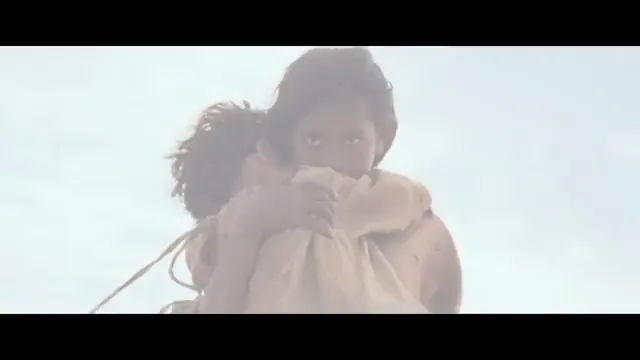
🎥 Similar Movies
If you enjoyed Rabbit-Proof Fence, you might like these similar films:
- The Mission (1986): Explores the clash between European colonizers and indigenous populations, focusing on cultural and religious conflict.
- Walkabout (1971): Features a journey through the Australian outback and highlights the differences between Aboriginal and Western cultures.
- The Sapphires (2012): An uplifting story about Aboriginal singers during the Vietnam War, addressing themes of identity and resilience.
- Amistad (1997): Based on a true story about the revolt of Mende captives on board the Spanish ship La Amistad. It addresses slavery and the fight for freedom.
🛒 Rabbit-Proof Fence Related Products
- Follow the Rabbit-Proof Fence: The 20th Anniversary Edition: The original book by Doris Pilkington Garimara that inspired the film, a powerful story of survival and resilience. This anniversary edition includes additional content and insights.
- Rabbit-Proof Fence [DVD]: Own the DVD to experience the powerful story and unforgettable performances. Includes behind-the-scenes footage and interviews.
- Australian Aboriginal Art Dot Painting Canvas: Beautiful hand-painted canvas art in the traditional Aboriginal dot painting style. A piece of cultural heritage to honor the film’s themes.
- Rabbit-Proof Fence Official Movie Poster: High-quality reproduction of the iconic movie poster. A perfect piece of memorabilia for fans of the film.
🎧 Soundtrack
Rabbit-Proof Fence features a captivating soundtrack that enhances the movie’s atmosphere and emotional impact. Here are some notable tracks:
- “Ngankarrparni” – performed by Peter Gabriel
- “Sky Blue Reprise” – performed by The Blind Boys of Alabama, Myarn Lawford & Ningali Lawford
You can find the complete soundtrack on Amazon Music and Apple Music.
🤨 FAQ
Yes, ‘Rabbit-Proof Fence’ is based on the true story of Molly Craig, her sister Daisy, and their cousin Gracie, who escaped from a settlement camp in Western Australia in 1931 and walked 1,500 miles to return home. It’s based on the book ‘Follow the Rabbit-Proof Fence’ by Doris Pilkington Garimara, Molly Craig’s daughter.
The Stolen Generations refers to Aboriginal children who were forcibly removed from their families by the Australian government and church missions between 1910 and 1970. The aim was to assimilate them into white society, causing significant cultural and emotional trauma. ‘Rabbit-Proof Fence’ depicts this policy.
The rabbit-proof fence was a real structure built in Western Australia to keep rabbits out of agricultural areas. In the film, it symbolizes the separation between Aboriginal and white cultures and serves as a navigational tool for the girls as they journey home, representing their determination to reclaim their heritage.
🔥 Bonus Content
Rabbit Proof Fence Documentary – forced removal scene
Ever wondered what it’s *really* like on a movie set? This clip shows the filming of a powerful scene from ‘Rabbit-Proof Fence’ and gives you a glimpse into the intense emotions and effort that went into recreating this important story. It’s pretty raw and fascinating!
Rabbit Proof Fence – a film analysis
Want to dive deeper into ‘Rabbit-Proof Fence’ and understand its deeper meaning? This film analysis breaks down the themes and cinematic techniques used in the movie, offering a whole new perspective. Seriously, you’ll see the movie in a completely different light after watching this!
✨ Rate
There are no reviews yet. Be the first one to write one.



